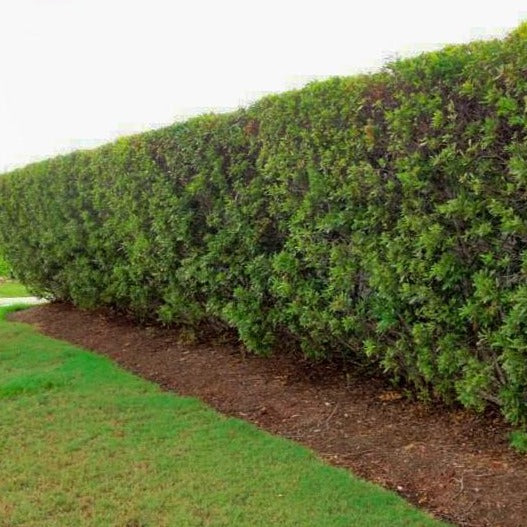


Also remove low growth to develop a smooth, attractive trunk. When plants are small remove spent flower heads in late autumn or winter to keep them tidy. Alternatively select one of the mildew-resistant varieties. To reduce the risk of powdery mildew plant in an open, sunny garden situation with good air circulation. If a shrub is preferred, plant one of the new, smaller varieties, rather than pruning every year to keep a tree down to shrub size. Left unpruned, crepe myrtles develop a naturally appealing shape and will flower well regardless. However, the downside of this annual pruning is that it creates an ugly, butchered looking plant. Some older varieties are susceptible to powdery mildew prone to suckering PruningĬrepe myrtles can be heavily pruned in winter to encourage the development of long, arching branches of flowers. Good points:īeautiful flowers autumn colour attractive bark many new varieties including ground cover varieties (sold as Chopin series) Downside:
WAX MYRTLE ZONE SERIES
The Indian Summer series have good cold tolerance. In mountain zones plant in a warm, sheltered microclimate. ‘Natchez’ (white flowers) 6m (18′) Best climate:Ĭrepe myrtles grow well in most parts of Australia. ‘Acoma’ (white flowers and a weeping habit), 3m (10′) Each cultivar is named after an American Indian tribe, and they range in size from around 3-6m (10-18) fully grown. The Indian Summer range has been specially bred to resist powdery mildew, a fungal disease that can be seen on some older crepe myrtle varieties. Indian Summer Crepe Myrtle (Lagerstroemia indica x L. There is an Australian native crepe myrtle (Lagerstroemia archeriana), which grows to around 7m (20′) tall and has pinkish mauve flowers. Unpruned crepe myrtles develop beautifully coloured, smooth, mottled trunks. In autumn the mid-green leaves turn yellow, orange or red (depending on the variety) before falling. The petals are ruffled, with a crepe-like texture. Trusses of white, pink, mauve or purple blooms appear in late summer. It is often severely pruned and grown as a shrub 3-4m (10-12′) tall. Plant details Common name:ĭescription: A deciduous, vase-shaped tree about 6-8m (18-25′) tall. They are also resistant to powdery mildew, a fungal disease that is difficult to control with fungicides. Don looked at an exciting new range of crepe myrtle hybrids which reach different heights and spreads, and so reduce the need for pruning. They are native to eastern Asia and are hardy in most parts of Australia. It can be propagated by cuttings.Crepe myrtles are among the world’s best flowering trees. This species is native to parts of North America. It is somewhat tolerant of urban pollution. It is not particular as to soil pH, but grows best in poor soils. It is quite adaptable, prefering to grow in average to wet conditions, and will even tolerate some standing water.
WAX MYRTLE ZONE FULL
This tree should only be grown in full sunlight. It grows at a fast rate, and under ideal conditions can be expected to live for approximately 30 years. It has a low canopy, and is suitable for planting under power lines. Southern Wax Myrtle will grow to be about 15 feet tall at maturity, with a spread of 10 feet. Southern Wax Myrtle is recommended for the following landscape applications

Gardeners should be aware of the following characteristic(s) that may warrant special consideration It is a good choice for attracting birds, bees and butterflies to your yard. This tree will require occasional maintenance and upkeep, and may require the occasional pruning to look its best. Its average texture blends into the landscape, but can be balanced by one or two finer or coarser trees or shrubs for an effective composition. Southern Wax Myrtle is a multi-stemmed evergreen tree with a more or less rounded form. The fragrant narrow leaves remain grayish green throughout the winter. It features subtle chartreuse catkins along the branches from late winter to early spring. It features an abundance of magnificent blue berries from mid summer to mid fall. Southern Wax Myrtle is primarily grown for its highly ornamental fruit. Select a male and female plant to produce the ornamental waxy-blue berries, that are a high energy food source for birds tolerant of wet or dry, infertile soil aromatic foliage repels insects, and is used to make candles a great hedge or screen


 0 kommentar(er)
0 kommentar(er)
